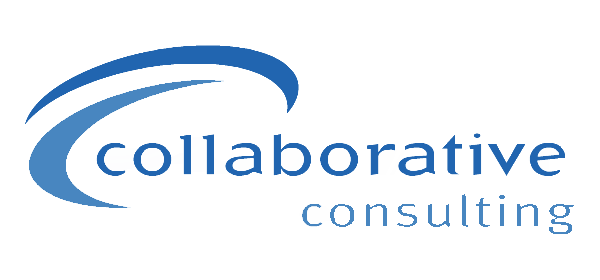Navigating Your Vision
Nostalgia. It almost feels comfortable to even say the word. Nostalgia reaches the heart faster because of its ability to bring you comfort. However, there are times to be nostalgic, and times that require strong foresight. While the past offers comfort, the future often brings up feelings of excitement or anxiety. While these feelings are more aligned with uncertainty, opportunities for growth lie within our ability to lean into discomfort. Pope Benedict XVI once said, “The world offers you comfort; but you were not made for comfort… you were made for greatness.”
Pope Benedict XVI’s ability to recognize this capacity for growth outside of comfort was simply a part of his bold vision as a leader. A vision is a view that sets out on the daunting horizon in front of you rather than a meaningful glance at what you leave behind. Nostalgia can be a beautiful thing, but it can also distract from focusing on the clear and present future. Here are questions every leader should look to answer when crafting a vision for the future of their company:
Is My Company’s Vision Outdated?
It would be nearly impossible to keep up with every trend. It would be incredibly easy to sit back and say “well that’s how we have always done things.” A vision statement that merely reflects past accomplishments does little to motivate and engage employees. It’s akin to hanging dull paintings on the office walls. In contrast, change can be a great catalyst for growth in an already evolving world. Simply asking your employees and looking for feedback about your company’s vision is an easy way to open up a channel of communication, and get another perspective that might have a more futuristic angle than yours. Secondly, reviewing progress, analyzing operations regularly, and implementing small changes whilst measuring them can all be great ways to tell if your company’s vision is up to date.
Do My Employees Understand The Vision?
A boat is not operated by simple freehanded actions of the crews that take hold of it, but rather by a clear and steady set of instructions given by the captain. Furthermore, it would be impossible for a boat to reach the vast horizon without any direction or instruction. Therefore, as a leader, it is important to make sure that your vision for growth is understood and agreed upon by your employees if you want to move anywhere. There are four great ways to test if your vision is understood by your employees/working properly:
- Employee Feedback: Regularly checking in with employees about their ways to improve your vision, as well as having them explain it in their own words.
- Market and Industry Analysis: Staying informed about industry trends and market dynamics are a great way to ensure that your vision is adaptable to changing circumstances and doesn’t become obsolete.
- Vision Workshops: Organizing workshops or training sessions to reinforce the vision using real-world scenarios is a great way to test if your employees can understand the actual application of your vision!
- Alignment Assessment: Evaluate whether day-to-day activities and decisions align with the vision. If you find discrepancies, it’s time to reevaluate and communicate the vision more effectively!
What Will A Strong Vision Bring?
Strong visions are built by a strong team. Whether it was team tested, or even generated by the team, it is imperative that the entire operating staff works together as a unit to strengthen the goals and the values in order to achieve the mission! Tackling such an important task like that as a team not only brings satisfaction to your employees, but also a sense of belonging, a spike in employee engagement, and helps foster a great environment for team culture.
Leaving behind your good friend Nostalgia can be uncomfortable. However, leaning into this discomfort increases your chances for growth. After all, a ship in a harbor is safe, but that’s not what ships are built for!




